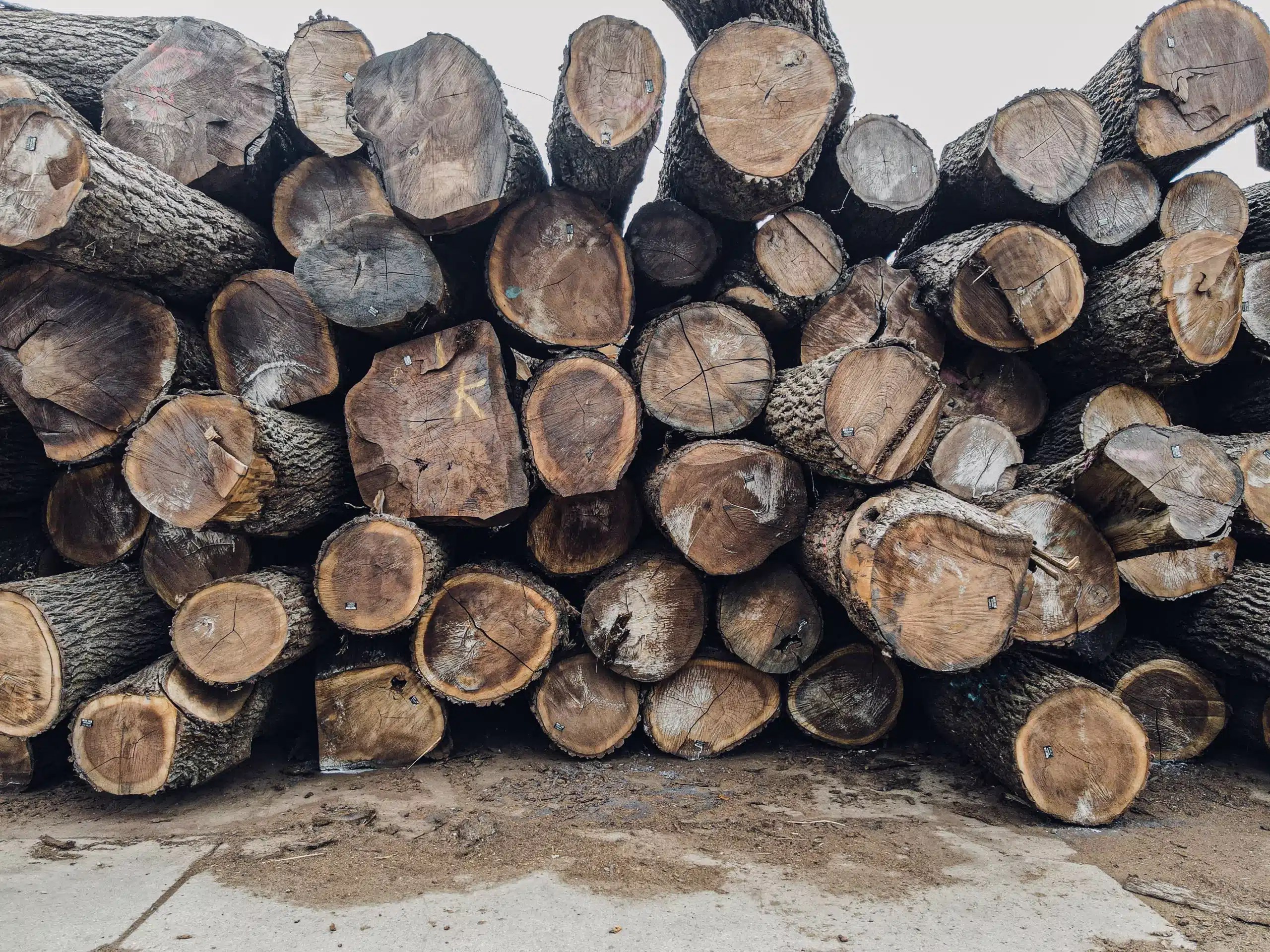 www.buskirklumber.com Here's a step-by-step post on building a small timber boat:
www.buskirklumber.com Here's a step-by-step post on building a small timber boat: Introduction: Building a Simple Timber Boat Embarking on a boat-building project is a rewarding experience. While building a large vessel requires extensive knowledge and resources, a smaller timber boat like a simple dinghy or rowboat can be a manageable DIY project. This guide will walk you through the basic steps. Remember to always prioritize safety and consult with experienced boat builders if needed.
Step 1: Choosing Your Boat Plan The most crucial step is selecting a suitable boat plan. There are many free and paid plans available online and from specialized boat design companies. Consider these factors: Boat Type: Decide on the type of boat you want – a simple rowboat, a small sailing dinghy, or a motorized runabout. Skill Level: Choose a plan appropriate for your experience level. Simpler designs like stitch-and-glue dinghies are great for beginners. Size: Consider the intended use and storage space. Smaller boats are easier to handle and store. Materials: Ensure the plan lists readily available and affordable materials.
Step 2: Gathering Materials and Tools Once you have your plan, compile a list of all necessary materials and tools. Common materials include: Marine plywood (check plan for specific thickness) Epoxy resin and hardener Fiberglass cloth (for reinforcement) Wood strips for framing and trim Fasteners (screws, bolts, etc.) Paint or varnish for finishing Essential tools include: Saw (circular saw, jigsaw, hand saw) Drill Sander Clamps Measuring tools (tape measure, ruler, square) Mixing containers and brushes for epoxy Safety glasses and gloves
Step 3: Cutting and Shaping the Plywood Carefully transfer the patterns from your boat plan onto the plywood sheets. Use a saw to cut the plywood pieces according to the patterns. Accuracy is important for a well-fitting boat. Use a jigsaw for curved cuts and a circular saw for straight cuts. Sand the edges of the plywood pieces to smooth them and remove any splinters.
Step 4: Assembling the Hull The assembly method will depend on the boat plan you've chosen. A common method for small boats is stitch-and-glue: Stitch-and-Glue: Drill small holes along the edges of the plywood panels. Use copper wire or zip ties to "stitch" the panels together, forming the hull shape. Ensure the panels are aligned correctly. Epoxy Gluing: Once the hull is stitched together, apply epoxy resin to the seams and fillets (rounded joints). This will create a strong and watertight bond. Fiberglass Reinforcement: Apply fiberglass tape or cloth to the seams for added strength and waterproofing.
Step 5: Adding Frames and Stringers Install the internal frames and stringers according to the boat plan. These provide structural support and rigidity to the hull. Glue and screw the frames and stringers in place. Ensure they are properly aligned and secured.
Step 6: Finishing the Boat Once the hull is assembled and reinforced, you can begin the finishing process: Sanding: Sand the entire boat surface to smooth out any imperfections. Epoxy Coating: Apply a coat of epoxy resin to the entire boat to seal the wood and provide a waterproof barrier. Painting or Varnishing: Apply several coats of marine-grade paint or varnish to protect the wood from the elements and enhance the boat's appearance. Install Hardware: Attach any necessary hardware, such as oar locks, seats, and a rudder (if applicable).
Step 7: Launching and Testing Before launching your boat, carefully inspect it for any leaks or weaknesses. When you are ready, launch the boat in a safe and controlled environment. Wear a life jacket and test the boat's stability and performance. Address any issues that arise during the test run.
Conclusion: Enjoy Your Hand-Built Boat! Building a timber boat is a challenging but rewarding project. By following these steps and paying attention to detail, you can create a functional and beautiful boat that you can enjoy for years to come. Remember to always prioritize safety and respect the water.
Timber Supplies & Timber Materials
 www.beersltd.co.uk
www.beersltd.co.uk Timbers
 www.lrjlumber.com
www.lrjlumber.com Knowing Your Woodlot: Hardwoods Vs. Softwoods
 www.buskirklumber.com
www.buskirklumber.com

0 komentar:
Posting Komentar